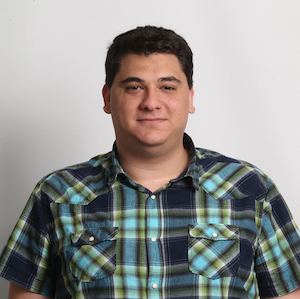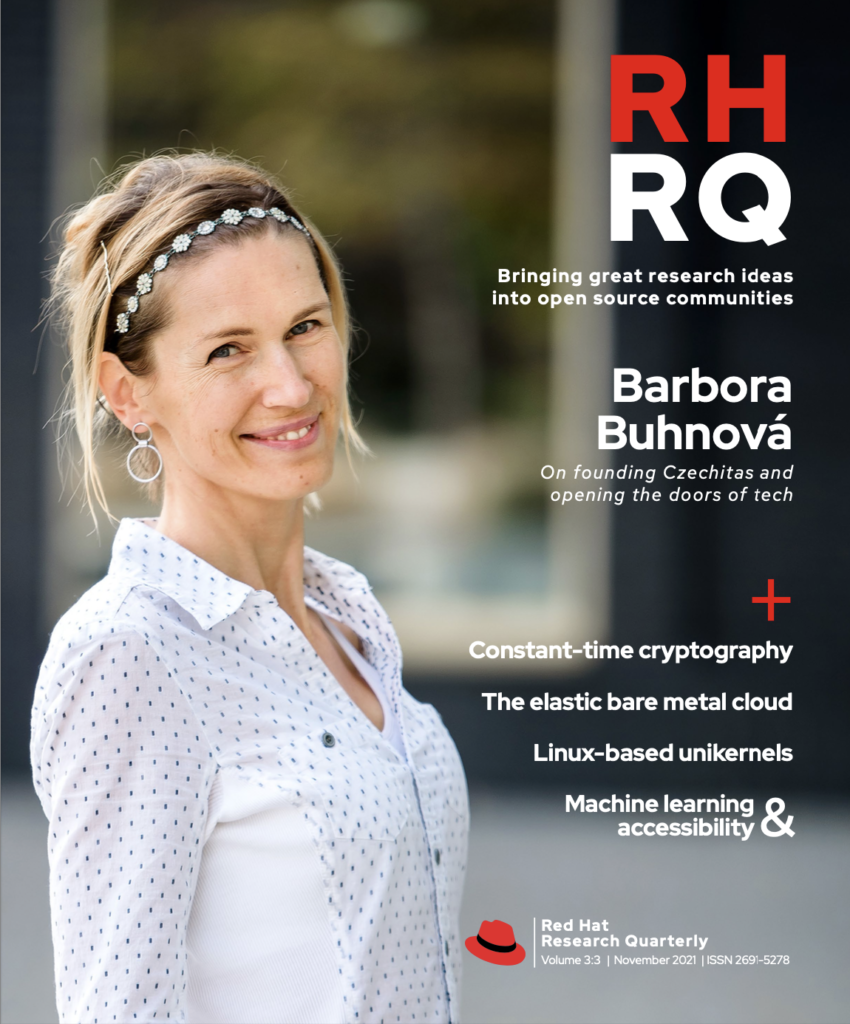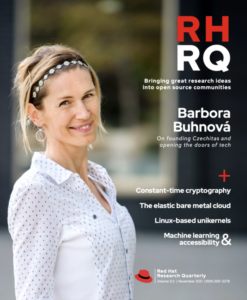RHRQ interviewed Idan Levi, the Research Interest Group leader in Israel, to find out how research collaboration has changed over the last year and a half as the world went virtual.
RHRQ: As the leader of Red Hat Research in Israel, you work with universities that are geographically dispersed, for example, Technion to the north, Ben-Gurion University to the south, plus the Interdisciplinary Center (IDC) of Herzliya and the Academic College of Tel Aviv-Yaffo closer by. How have those relationships changed since you started working more virtually?
Idan Levi: When I started my position in 2019, we felt that maybe some of these places were too far away. The norm for building relationships at that time was to meet face to face, see the people, then work with them hand to hand. Now, it’s a whole other experience.
Obviously that creates challenges, but we were able to get some good things out of a bad situation. Being pushed towards this virtual medium made everything so close—everything is just a click away.
That was a huge driver that allowed us to build connections in a whole different way. For example, we’ve just started discussing an opportunity to collaborate with professors at Ben-Gurion University. That conversation started with someone from the engineering department saying, “Hey, there’s this very talented master’s student looking to do something with Red Hat to get some practical experience.” So I got to talking with him. He’s from this remote institute. Right now the student doesn’t have enough time to work with us, but it turned out that he was associated with the system engineering lab. That lab is very interesting to us, so we started to talk with his professors as well.
In normal times, we might not have been agile enough to make this connection and bring all the relevant people together. One of our engineers is living in the very far northern part of Israel and rarely comes to the office, two other engineers are in the office, and the professors need to travel from the university, which is ninety minutes south of us—and somehow we need to sync everyone. All of this was challenging to schedule, but it became much simpler once we started working virtually. So this was a huge success.
Another challenge was that, at least in Israeli culture, we are very warm and loud; we like to hug and touch the people we are talking to. It was very hard to get used to working without that kind of connection. Also, we love to argue, to jump in the middle of a conversation. So maybe the virtual space forces us to have better manners! It’s a very interesting experience. I can testify for myself, I have had to become a little bit more patient.
RHRQ: You also work with colleagues at other research centers, for example in Brno, Czech Republic. Has that changed too?
Idan Levi: I think the connection between the Israel RIG and Brno RIG has strengthened during this time. We just met more frequently, started to work more together, and we could understand what the others were doing and going through.
I believe that started because in the team meetings we started to share a little more about day-to-day life. We could not meet people face-to-face anymore, we couldn’t get out of the house. So with our counterparts in Brno, we shared about everyday things in addition to conversation about the challenges that we face. We tried to learn from each other, because all of us were trying to learn how to adjust to this new norm. What is going wrong? What can we improve? We started to ask one another, “So, how do you handle that?” Those conversations build relationships, when we can say, “Maybe you have a better idea of what the hell is going on!”
RHRQ: What about your education initiatives? Naturally they became virtual, but were there any surprises there?
Idan Levi: When COVID hit, it was like, “What the hell are we going to do now?” Then we had a conversation with IDC Herzliya and they said to us, “We usually don’t have summer courses, but this summer we might do a course because our students will not be taking a vacation abroad or flying back home to their families as they usually do. Do you have something for them? Maybe you could teach them something about open source.”
The engineers who lead the Red Hat Beyond initiative, Irit Goihman and Liora Milbaum, jumped at the challenge. We had amazing results from that, using purely Zoom and Slack. Again, it’s a challenge that you cannot really see the people, but it was very successful.
Read more about Red Hat Beyond in the article “Combining experience with passion inspires a new mentorship program” in issue 3:1 (May 2021) of RHRQ.
We helped sponsor another great initiative called ROSE (Red Hat Open Source for Education), which is for high schools. This initiative takes students from an Arab city in Israel, Tira, and from a Jewish city, Ra’anana, and brings them together in one classroom to engage them. They teach basic Python programming.
When COVID hit, we helped them with some resources to transform the program from physical to virtual. Because they didn’t know whether it was going to work, they offered the course to friends and family of employees for a trial run. We even had an employee who brought in her father to learn Python, so there was some interesting integration of age groups. The program was great in terms of education, but we still haven’t been able to solve the integration part of it. That’s an important problem to solve, as the aim of the program was to use the learning experience to bring people from different backgrounds closer together. So we are still facing the question, “How do we create integration in the virtual world? What does that look like?”
RHRQ: The first Tel Aviv Red Hat Research Day also turned out to be virtual. How did that go?
Idan Levi: I think we were the one of the first to be the guinea pigs for that. It was challenging, because it really changed the whole dynamic and everything we thought we were aiming to do at a research day. We had planned it to coincide with the local Red Hat Forum, which includes interactions with customers, partners, and open source contributors. Without any in-person events, we needed to change the entire dynamics. What is the value proposition now? We had to rethink everything. Just learning how to use the platform in the correct way took time.
Since then, we’ve had two virtual events. The first event was particularly challenging, but in terms of participation it was a great success. We had high participation. The second event was much, much better in terms of planning, interactions and materials, and we had much better engagement with that event. People asked questions and talked and tried to understand further. It was challenging, but it worked beautifully.
RHRQ: Are there any practices or new means of collaboration that you adopted that you will continue using once COVID restrictions have passed?
Idan Levi: I don’t think it’s about using anything new. It’s more about rediscovering and relearning how to utilize virtual meeting spaces and make the most of them—things like having a virtual meeting culture, screen sharing, joint virtual boards, and other tools. It also opens up opportunities for others who are more shy, or who work differently, and gives them another way to participate. I think this is huge.
Our work schedule has also changed to include many more meetings with different teams and different locations, so we can include someone from Spain, or Italy, or wherever they are. After the experience we’ve gained, that communication is much more fluent and natural than in the past. I believe these things will stay with us as we try to come back to some kind of normal.



